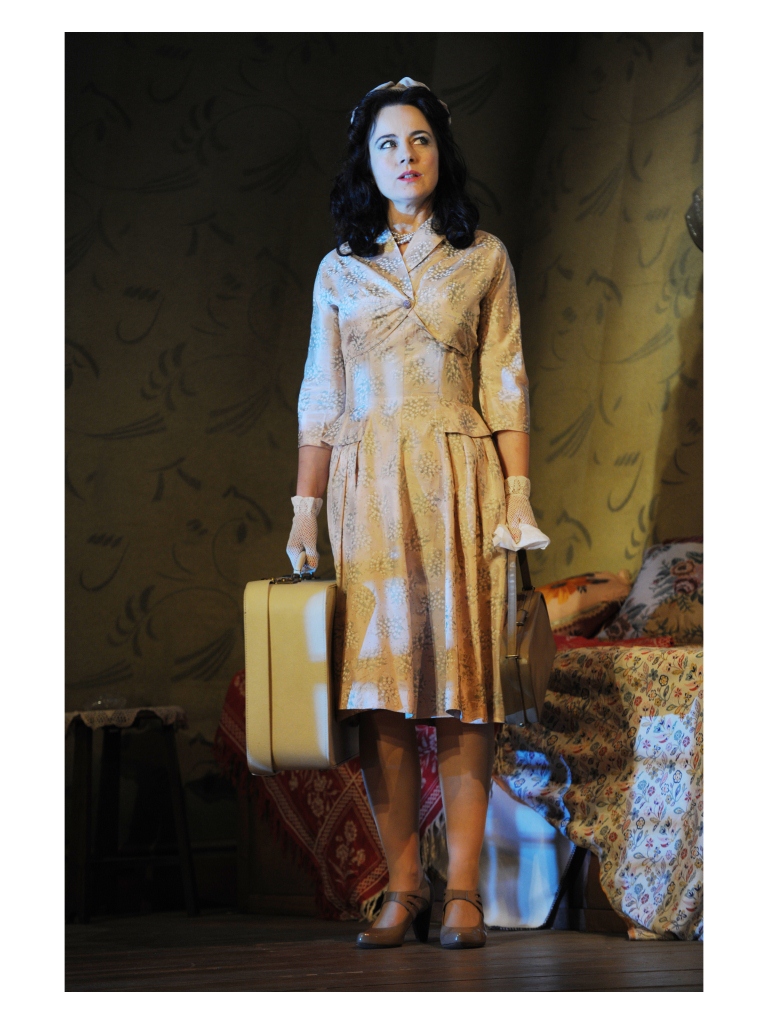Red lighting … seedy jazz music… the steamy French Quarter of New Orleans. From the start of Tennessee Williams’ classic, Amanda Drew gives an outstanding performance. Her depiction of fragile Blanche DuBois, who tinkers on just the right side of sanity and vulnerability throughout, is as believable as one of Blanche’s own fantastical tales.
Tension between characters builds up on stage, especially between Blanche and her brute of a brother-in-law, Stanley Kowalski.
They instantly clash and their quick fire dialogue holds no boundaries from expressing their obvious contempt for each other. Sam Troughton’s Stanley is expectedly raw and animal-like: his physical aggression explodes on stage, as well as his words: when he screams ‘Stell-a!’ he sounds like a wounded animal crying to be put out of his misery.
Despite the dark nature of the play, the audience found many humorous one- liners and loved Blanche shamelessly concealing her true age and drinking liquor at any given opportunity.
It is effective that a play which explores dark themes such as violence and mental stability can have many light-hearted moments too, but the humour does not detract from these darker aspects. If anything, they offer light relief from the simmering tension on stage.
The use of lighting also reflects this contrast – light and darkness are used for effect and link to Blanche’s increasing desperation to hide her ageing appearance from her potential admirers.
Blanche comes close to breaking point at many times but manages to salvage her dignity despite the odds being ultimately against her.
Image: Stephen Vaughan



